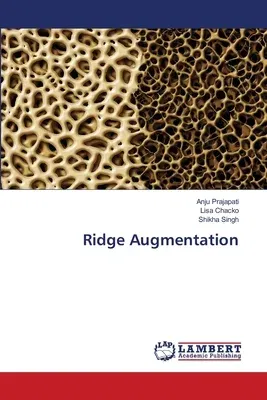Anju Prajapati
(Author)Ridge AugmentationPaperback, 15 September 2020

Qty
1
Turbo
Ships in 2 - 3 days
In Stock
Free Delivery
Cash on Delivery
15 Days
Free Returns
Secure Checkout
Print Length
148 pages
Language
English
Publisher
LAP Lambert Academic Publishing
Date Published
15 Sep 2020
ISBN-10
6202802316
ISBN-13
9786202802314
Description
Product Details
Book Format:
Paperback
Country of Origin:
US
Date Published:
15 September 2020
Dimensions:
22.86 x
15.24 x
0.86 cm
ISBN-10:
6202802316
ISBN-13:
9786202802314
Language:
English
Pages:
148
Publisher:
Weight:
226.8 gm

